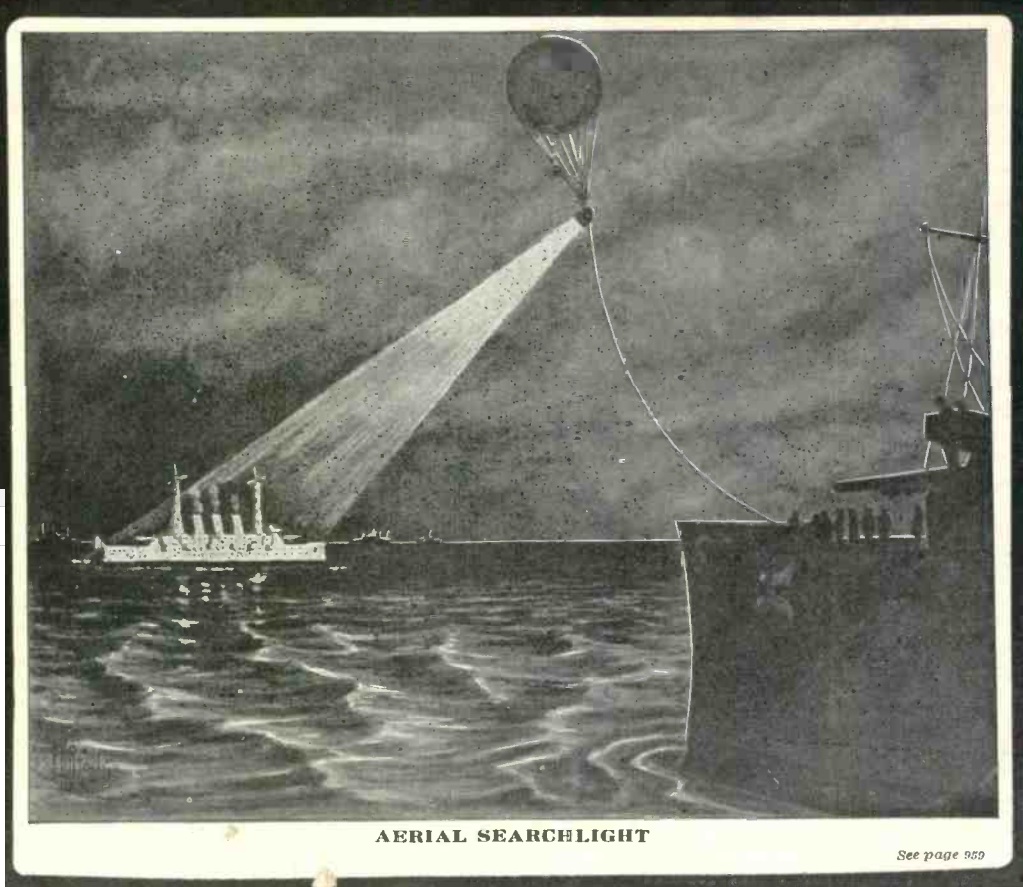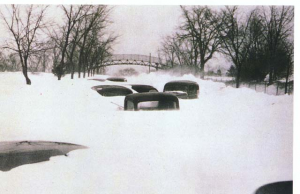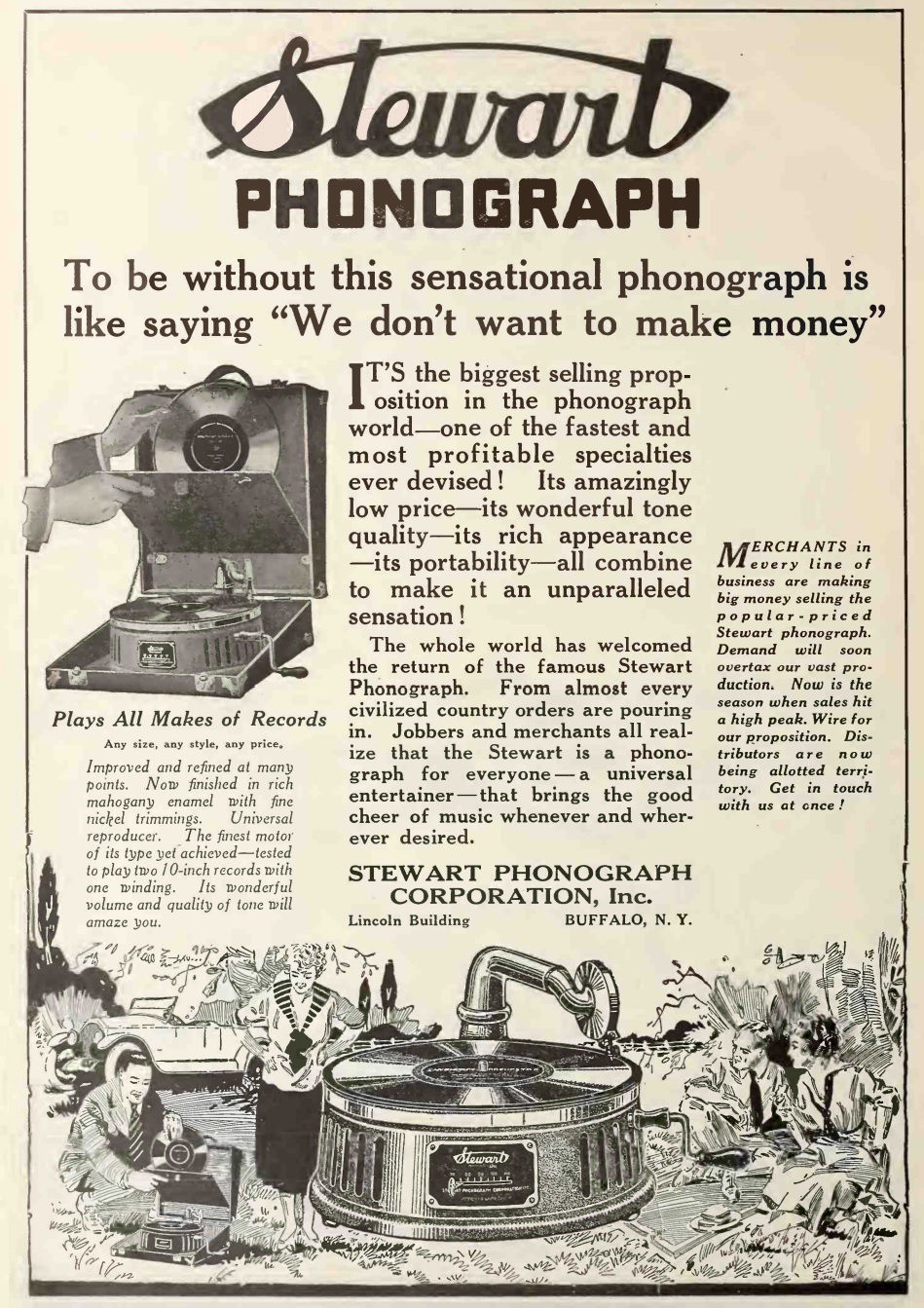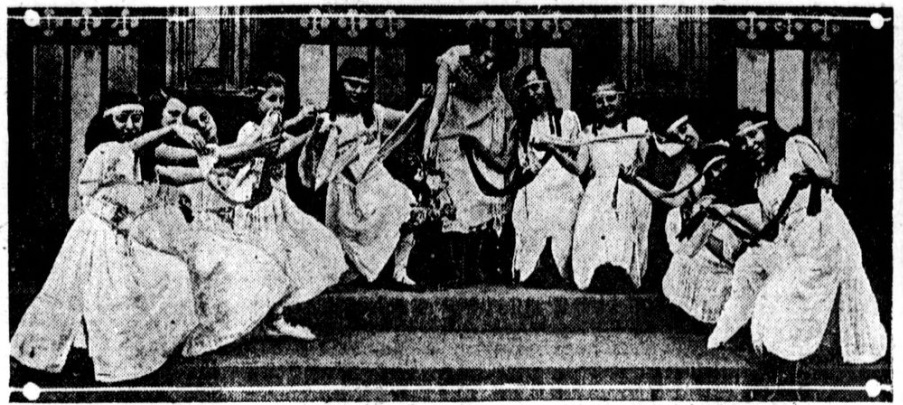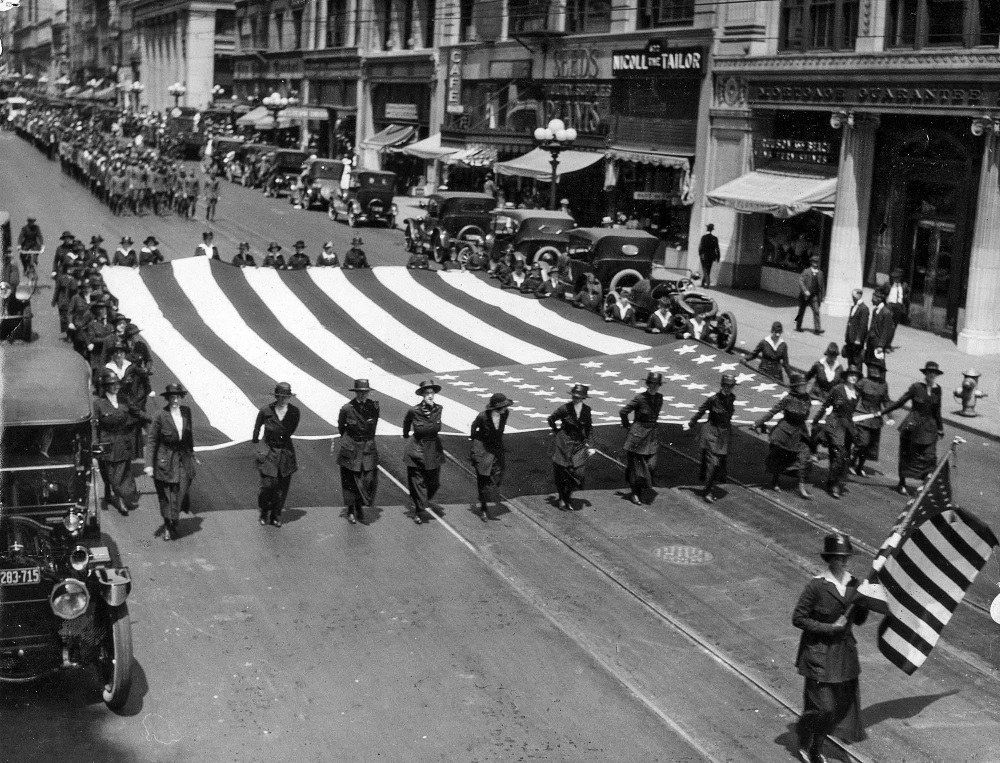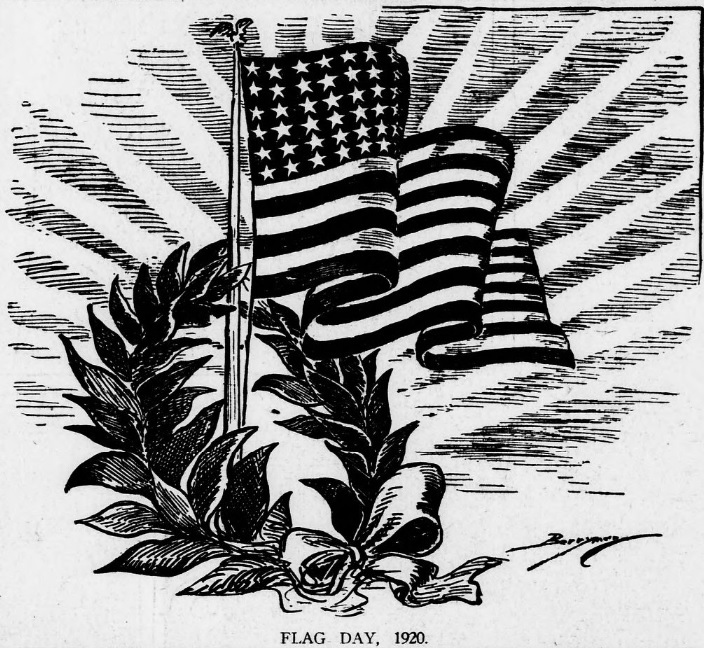 This illustration appeared a hundred years ago today on June 14, 1920, in the Washington Evening Star.
This illustration appeared a hundred years ago today on June 14, 1920, in the Washington Evening Star.
The paper reported that the 143rd anniversary of Old Glory would see celebrations around the city. Children in all of the schools took part in special exercises, and veterans of the World War took part in paying tribute. The evening culminated with a mass meeting an patriotic pageant on the east steps of the Capitol.
President Wilson was unable to attend, but sent a message. The Marine Band (presumably, about 2-5 Mhz) played, along with a chorus of a thousand voices singing patriotic and folk songs.
Secretary of State Bainbridge_Colby had spoken the prior evening, stating:
The American flag speaks today, as it has always spoken, a message of cheer and help to the oppressed; a clear note of leadership to the aspiring in all lands, a note of aid and succor to liberty wherever liberty falters or is assailed. It speaks for the redemption and not the repudiation of the nation’s pledges.
It is the flag of work, of service, of courage. It is the flag of chivalrous men and noble women. It is a flag of glory. It is a flag which has moved forward on every field, never backward, and today and at this hour it cannot be an emblem of a moral retreat upon the field of highest service, the rescue of the world, to which our destiny as a nation calls us.
When Secretary Colby spoke those words, American boys, and a few girls, had only recently returned from the fields of Europe. Some of them never returned.
Did they rescue the world? They tried, and they did so very imperfectly. A quarter century later, their sons (and a few of their daughters) went back under the same flag. They didn’t do a perfect job, either. But the flag moved forward, and not backward, toward the rescue of the world.
Today, on the flag’s 243rd anniversary, it has two more stars, is still a flag of glory, and can’t be an emblem of moral retreat. Do we have a perfect Union? No. We have disease; we have racism; we have violence; and we probably have a hundred other problems that we can’t even see. But as heirs of those men and women who went before us, we too can move forward to make this a more perfect Union and a more perfect world.
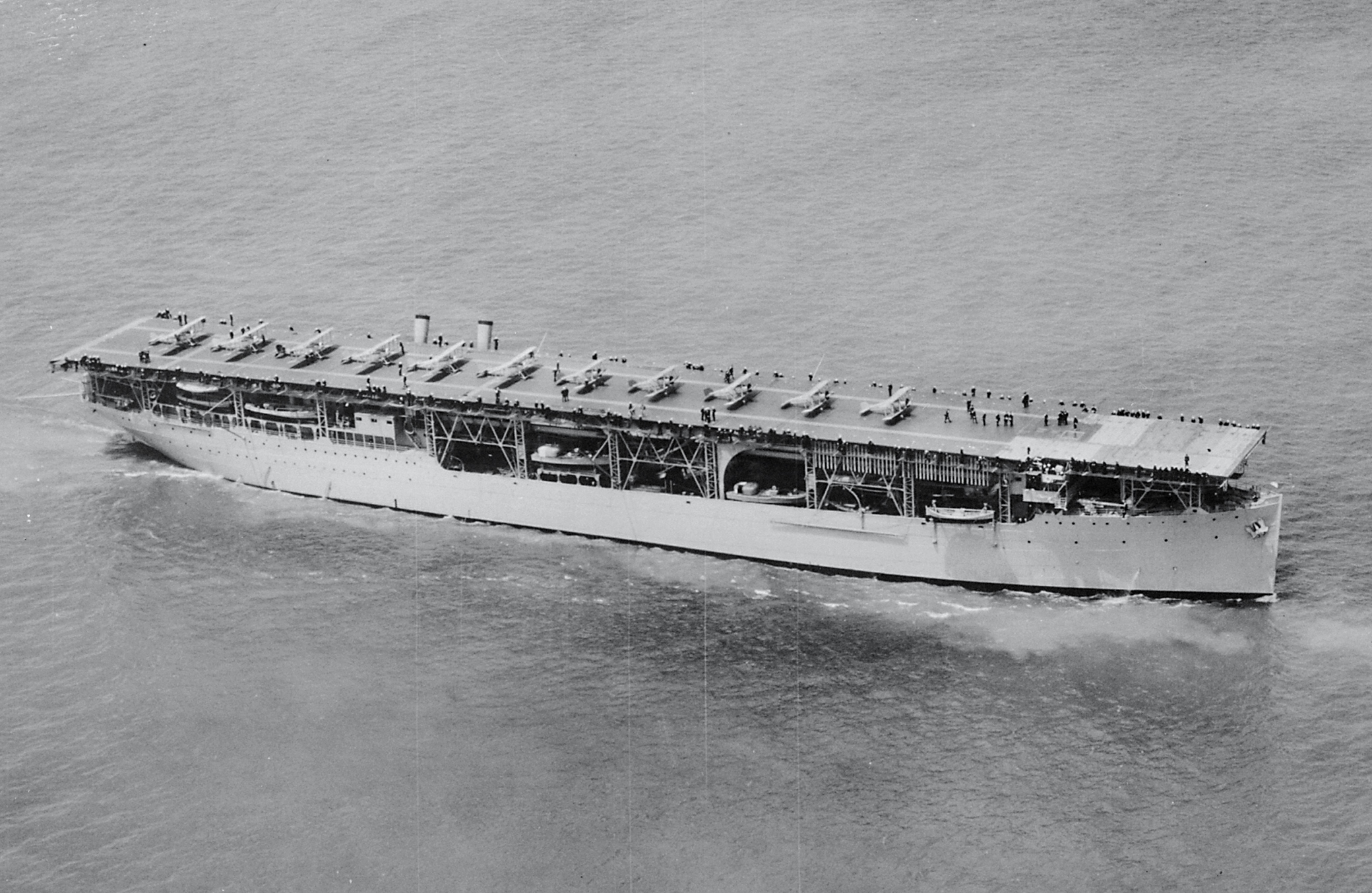


![[Smoke billowing over Tulsa, Oklahoma during 1921 race massacre]](https://tile.loc.gov/storage-services/service/pnp/cph/3a30000/3a34000/3a34200/3a34286r.jpg)
